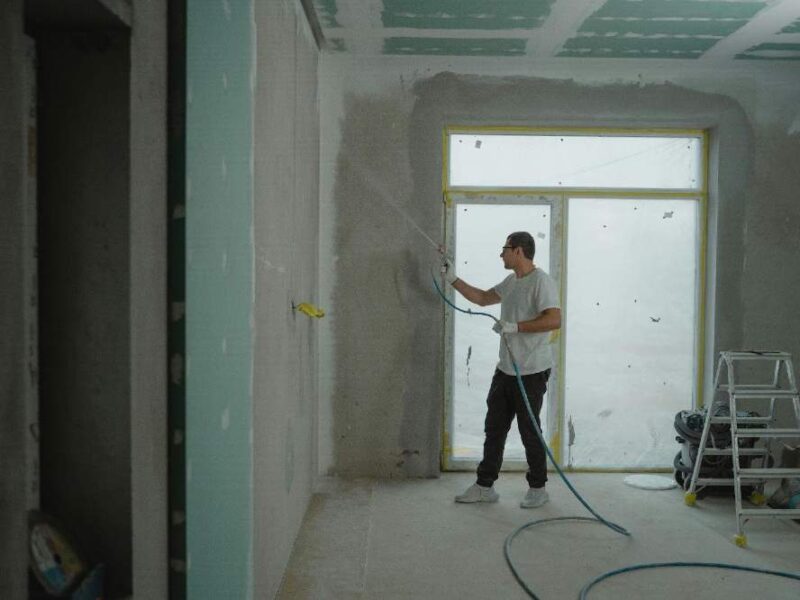A comprehensive guide on the home building process will help you understand the process’s different phases, including the steps to choose a builder, the costs of various construction elements, the pre-settlement walk-through, and controlling the out-of-pocket costs.
Choosing a builder
Choosing a builder is one of the most critical decisions in the home building process. It’s a big decision you’ll be living with for years. So, it pays to do your homework. First, a builder must be insured. Second, you should be able to communicate with the person who will be managing your construction project. Finally, your builder should go above and beyond to provide customer service that exceeds expectations. The best way to learn about a builder’s experience is to ask for references. If the person you speak with hesitates to give you a few names, there may be better builders for you.
Pre-settlement walk-through
The pre-settlement walk-through is one of the essential parts of the home-building process. Not only does it confirm that the property is in the condition it was promised, but it also enables the buyer to learn about the community’s amenities. A pre-settlement walk-through can be done anytime, but some experts recommend scheduling it before closing. It’s a good idea to take many notes during the process. For example, you should bring a camera to capture interior shots. During the pre-settlement walk-through, you can inspect every room. You’ll need to check the finishes and ensure any doors, windows, and other structural elements are working correctly. Also, you should make sure that the electrical outlets are functional.
Installing plumbing, electrical, and HVAC
Building a new home involves many more processes than laying drywall and finishing the walls. The process has three significant parts: plumbing, electrical, and HVAC. Understanding how they are installed can help you avoid costly mistakes and improve your overall building experience. Plumbing is the installation of water, drain, and waste pipes. Typically, this stage takes place after framing. The process involves drilling holes through structural members and running the lines through floors, walls, and ceilings. In addition, it requires pressure testing of the pipes. The next step in installing plumbing is to install hot and cold water supply lines. These lines carry pressurized water to appliances, fixtures, and septic systems. They also provide waste and venting.
Interior finishes, exterior structures, and fixtures
A sandblasted and oiled garage door is a home improvement. Adding insulation to the exterior walls of a house can make a big difference in energy efficiency and indoor comfort. Insulation is the best way to keep your home cool in the summer and warm in the winter. There are many components to a new home, including a solid foundation, framing, and flooring. These steps are the foundation upon which the finished product is built. The construction, as mentioned earlier, phases are often followed by adding fixtures and finishes. This final phase is the most rewarding because it gives homeowners a place to call their own.
Consolidating mortgages to build a home
There are many reasons why people may want to consolidate their mortgages. It can simplify the process and save money over time. However, it can also be complicated. When deciding whether to consolidate, you’ll want to determine how much equity you have in your home. If you have a lot of equity, it can help pay off some of your debt. You can also use it for improvements. The amount of equity you have in your home will affect the loan you can receive. Many banks limit to cash out loans to about 80 percent of the value of your home. Lenders will typically require a home appraisal. This will assure them that you’re not reducing your home’s equity.




